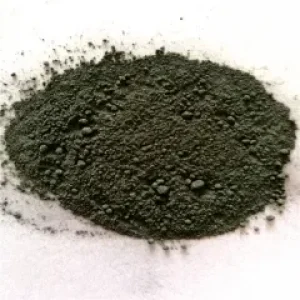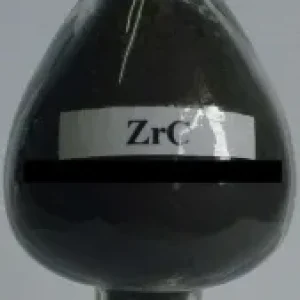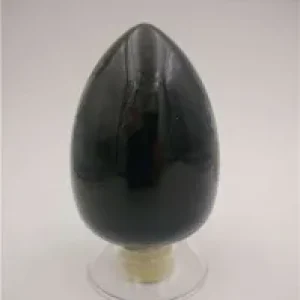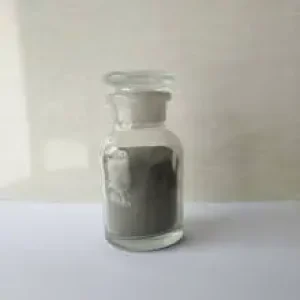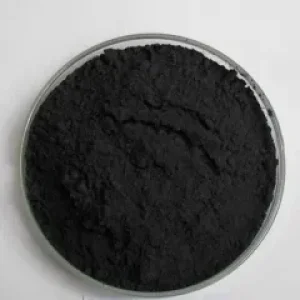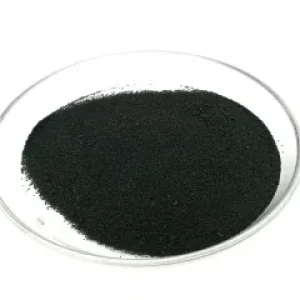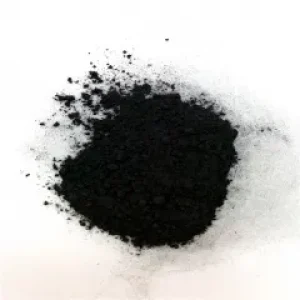- Chemical Composition: This includes the purity of the carbide powder and the ratio of the metal to carbon. Impurities can affect the performance of the final product.
- Particle Size Distribution: Measured in microns (μm), this parameter influences the density, flowability, and sintering behavior of the powder. A narrow particle size distribution is often desired for consistent properties.
- Specific Surface Area (SSA): This measures the total surface area of all particles per unit mass, usually in square meters per gram (m²/g). It affects how the powder interacts with binders and other additives during processing.
- Tap Density: Reflects how densely the powder can be packed and is crucial for pressed part density and green strength before sintering.
- True Density: The theoretical density of the fully dense material, measured in grams per cubic centimeter (g/cm³), indicating the compactness of the carbide structure.
- Hardenability: The ability of the carbide powder to form a hard, wear-resistant material after sintering.
- Morphology: Describes the shape of the particles (e.g., spherical, angular, or flake-like), which influences flowability, packing efficiency, and potentially the microstructure of the final sintered product.
- Oxygen Content: Oxygen can be present as an impurity and can influence the sintering process and final properties. Low oxygen content is often preferred.
- Flowability: A measure of how easily the powder flows, important for uniform feeding in automated processes.
- Purity: The percentage of the powder that is the actual carbide compound, excluding any contaminants or additional elements.
- Thermal Stability: How well the powder maintains its properties at high temperatures during processing.
- Reactivity: The tendency of the powder to react with moisture, oxygen, or other environmental factors, which needs to be controlled during handling and storage.
- Coating: Some carbide powders may be coated with lubricants or other materials to improve flowability, reduce friction during pressing, or enhance sintering behavior.
Each of these parameters is critical for the selection and processing of carbide powders in various industrial applications, including the production of cutting tools, wear parts, and advanced ceramics.
